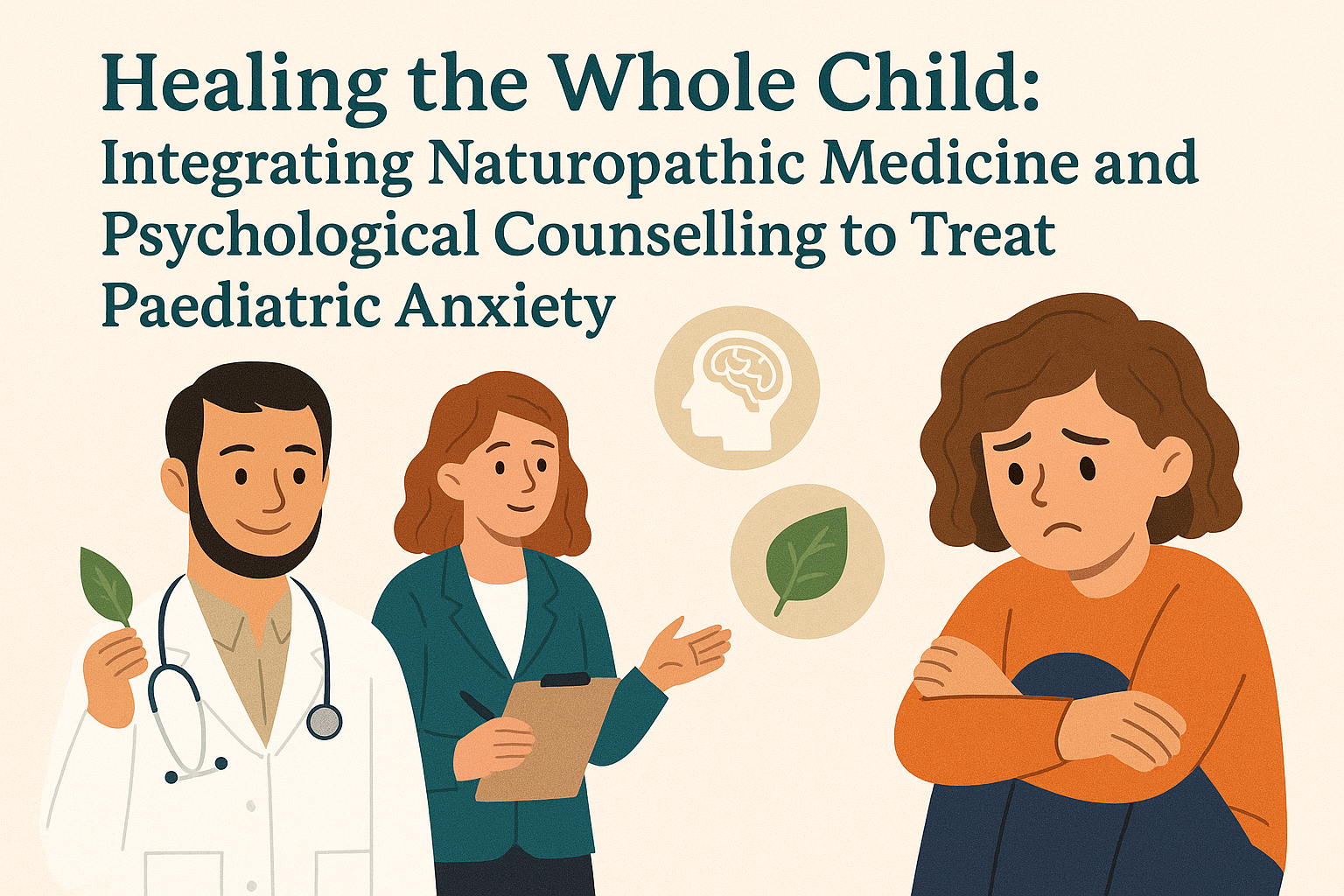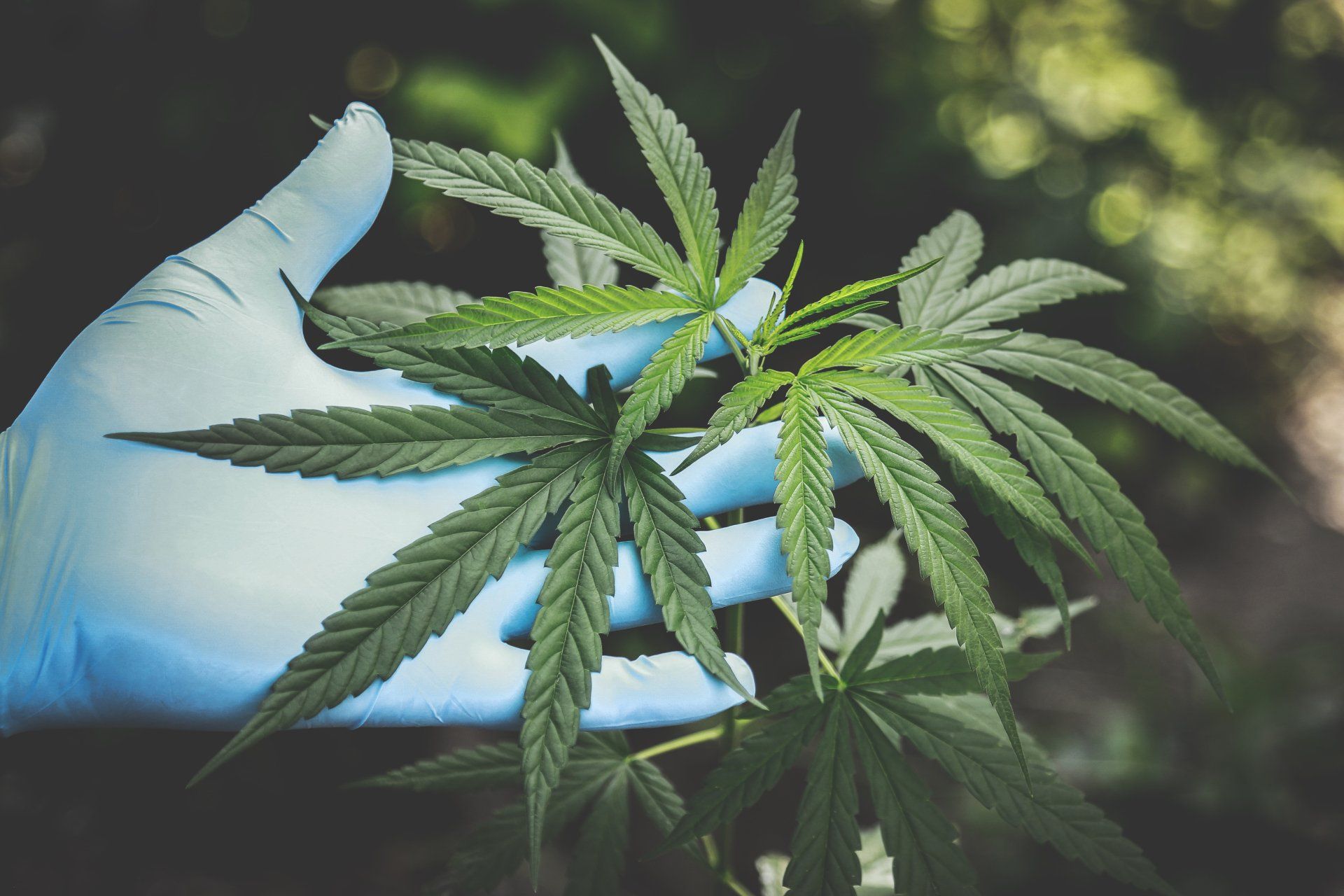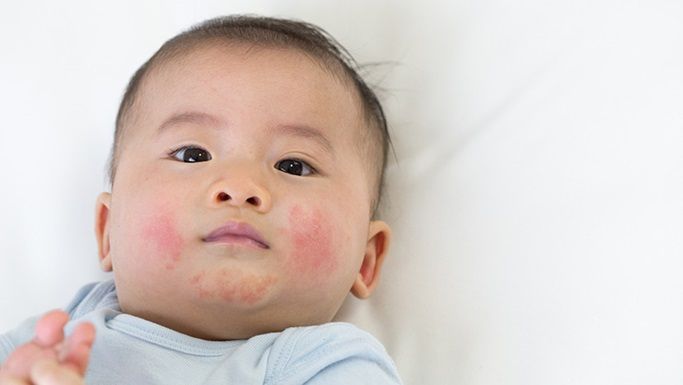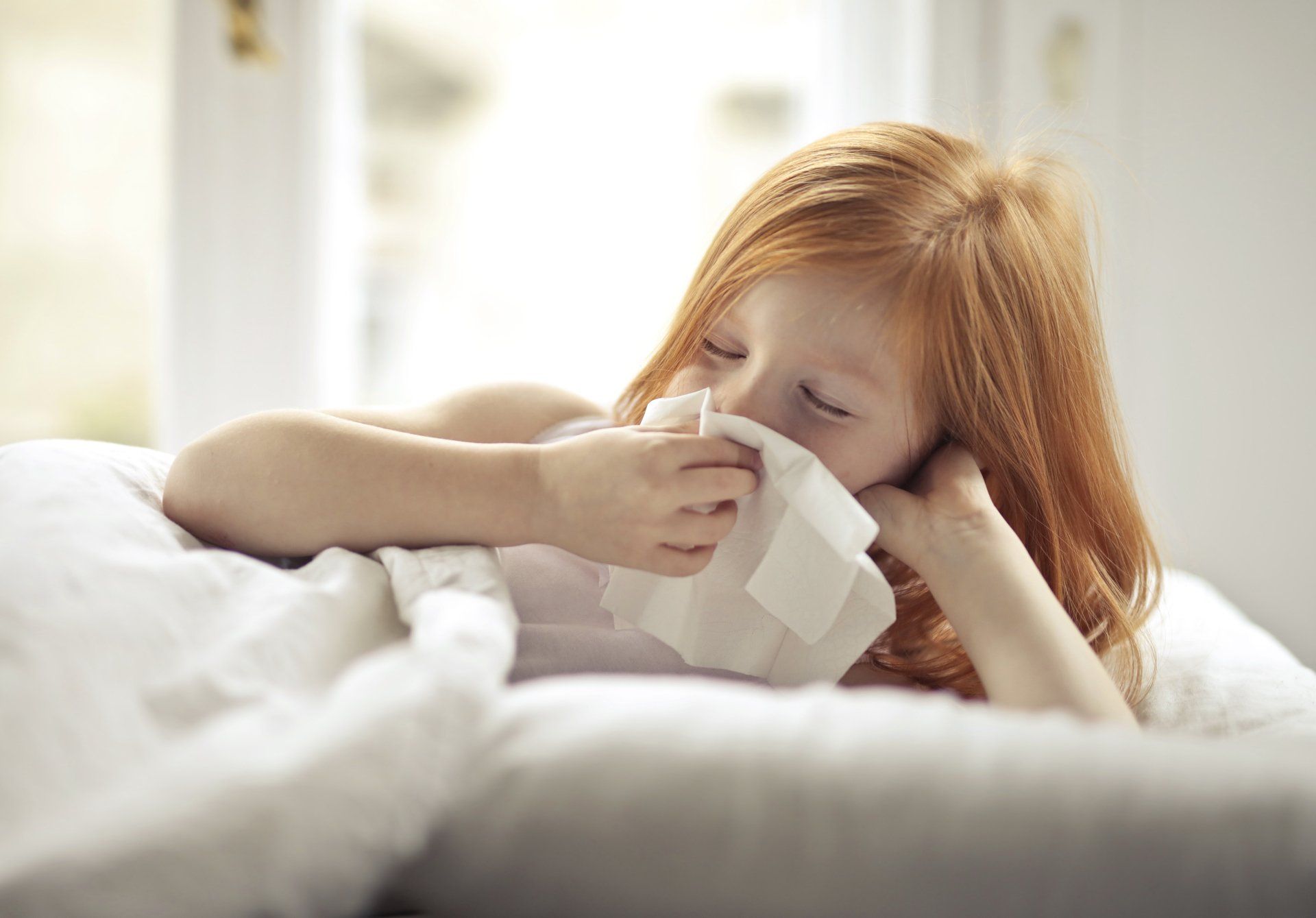The ADHD Diet Dilemma Solved with Smart Food Choices
Introduction
Understanding Attention Deficit Hyperactivity Disorder (ADHD) can be challenging. But, as parents and health professionals know, managing the symptoms is even more daunting. While medications and therapies are often the first steps, diet plays a crucial role in managing ADHD symptoms as well. This blog post explores the types of foods to include and avoid in an ADHD diet, providing valuable insights to help improve cognitive function and mood stability.
Foods to Include in an ADHD Diet
Nutrient-Dense Foods for Cognitive Function
Certain foods have been shown to support brain health and improve focus, making them excellent choices for individuals with ADHD. Nutrient-dense foods like leafy greens, whole grains, and lean proteins are essential for cognitive function. Omega-3 fatty acids, found in fish like salmon and flaxseeds, are particularly beneficial for brain health.
Fruits and Vegetables
Fruits and vegetables are packed with vitamins and minerals that support overall health. For individuals with ADHD, consuming a variety of colourful fruits and vegetables can help stabilize mood and improve focus. Blueberries, oranges, and spinach are excellent choices due to their high antioxidant content, which protects brain cells from damage.
Lean Proteins
Protein is crucial for brain function and neurotransmitter production. Including lean proteins like chicken, turkey, and legumes in the diet can help regulate blood sugar levels, reducing hyperactivity and impulsivity. Eggs are another great source of high-quality protein that can be easily incorporated into meals.
Foods to Avoid or Limit for Those with ADHD
Impact of Certain Foods on ADHD Symptoms
While some foods can support brain health, others can exacerbate ADHD symptoms. Highly processed foods, artificial additives, and high-sugar items can lead to increased hyperactivity and impulsivity. It's essential to understand the impact of these foods to make informed dietary choices.
Common Trigger Foods
Processed snacks like chips and cookies often contain artificial colours, flavours, and preservatives that can worsen ADHD symptoms. Similarly, high-sugar items like candy and soda can cause blood sugar spikes, leading to increased hyperactivity. Reducing the intake of these trigger foods can help manage symptoms more effectively.
Artificial Additives and Preservatives
Many packaged foods contain artificial additives and preservatives that can negatively affect individuals with ADHD. These chemicals can interfere with brain function and exacerbate symptoms. Reading labels and choosing whole, unprocessed foods can help minimize exposure to these harmful substances.
Food Sensitivities
As a naturopathic doctor, I often encounter patients with ADHD who experience significant improvements through dietary modifications. Food sensitivities can play a crucial role in exacerbating ADHD symptoms, such as hyperactivity, inattentiveness, and impulsivity. Common culprits include artificial additives, dyes, gluten, dairy, and certain preservatives. By meticulously identifying and eliminating these trigger foods from the diet, we can help reduce the intensity of these symptoms. Emphasizing a holistic approach, I advocate for the consumption of natural and whole foods, rich in essential nutrients and free from harmful chemicals. This dietary shift not only supports overall health but also enhances concentration and reduces hyperactivity, offering a more balanced and effective strategy for managing ADHD. Click here for more information of food sensitivity testing.
Meal Planning and Preparation Tips
Practical Advice for Daily Meals
Incorporating ADHD-friendly foods into daily meals doesn't have to be complicated. Planning balanced meals that include a variety of nutrient-dense foods can make a significant difference. Breakfast might include oatmeal topped with fresh berries and a side of scrambled eggs, while lunch could be a salad with grilled chicken and a variety of colourful vegetables.
Strategies for Healthy Eating Habits
Developing healthy eating habits is key for managing ADHD symptoms. Encouraging regular meal times and involving children in meal preparation can make healthy eating more enjoyable. Simple strategies like keeping cut-up fruits and vegetables ready for snacking can make it easier for children to choose healthy options.
Making It Fun for Kids
Engaging children in the process of planning and preparing meals can foster a positive attitude toward healthy eating. Creating fun shapes with fruits and vegetables or involving kids in cooking can make mealtime an exciting activity rather than a chore.
Case Studies and Expert Insights
Real-Life Examples
Case Report: Dietary Intervention in a 14-Year-Old Boy with ADHD
Patient Profile:
- Age: 14 years
- Gender: Male
- Diagnosis: Attention Deficit Hyperactivity Disorder (ADHD) at age 10
Initial Symptoms:
The patient initially presented with classic symptoms of ADHD, including hyperactivity, impulsivity, and difficulties with concentration and attention. These symptoms were evident both at home and in his academic performance, resulting in considerable challenges in his daily life.
Discovery of Food Sensitivities:
At age 13 a comprehensive food sensitivity test was conducted. The test revealed significant sensitivities to both dairy and gluten. This discovery prompted a thorough discussion about potential dietary interventions aimed at alleviating ADHD symptoms.
Dietary Changes Implemented:
Following the test results, the patient and his family were advised to eliminate all sources of dairy and gluten from his diet. This involved switching to dairy-free alternatives and adopting a gluten-free diet. The family received support and guidance on how to maintain a balanced and nutritious diet that avoided these triggers while focusing on whole and natural foods rich in essential nutrients.
Observations and Improvements:
Within a few weeks of implementing these dietary changes, noticeable improvements were observed. The patient's hyperactivity levels decreased significantly, and he demonstrated better concentration and attention both at home and in school. His impulsivity also reduced, leading to more manageable behaviuor and improved interactions with peers and teachers.
Role of Naturopathic Approach:
The naturopathic approach played a crucial role in identifying the food sensitivities and guiding the dietary modifications. By focusing on natural and holistic methods, the approach not only targeted the root cause of the exacerbated ADHD symptoms but also contributed to the patient's overall well-being. The integration of a nutrient-rich diet free from harmful chemicals further supported his health and developmental needs.
Overall Impact:
The elimination of dairy and gluten from the patient's diet resulted in substantial relief from ADHD symptoms, significantly enhancing his quality of life. The patient experienced improved academic performance, better social interactions, and a noticeable reduction in ADHD-related challenges. This case underscores the potential benefits of personalized dietary interventions guided by naturopathic principles in managing ADHD.
Input from Nutritionists and Pediatricians
Expert insights from nutritionists and naturopathic doctors can provide valuable guidance for managing ADHD through diet. These health professionals might recommend specific foods or supplements to support brain health, and offer personalized advice based on individual needs. Collaborating with healthcare professionals ensures a comprehensive approach to managing ADHD.
Conclusion
In summary, diet plays a crucial role in managing ADHD symptoms. By including nutrient-dense foods that support cognitive function and mood stability while avoiding trigger foods that exacerbate symptoms, parents and mental health professionals can significantly improve the quality of life for individuals with ADHD. Encouraging healthy eating habits and involving children in meal preparation can make the process enjoyable and effective. For further reading or personalized advice, consider consulting with a healthcare professional who can guide you on this journey toward better health and well-being.









